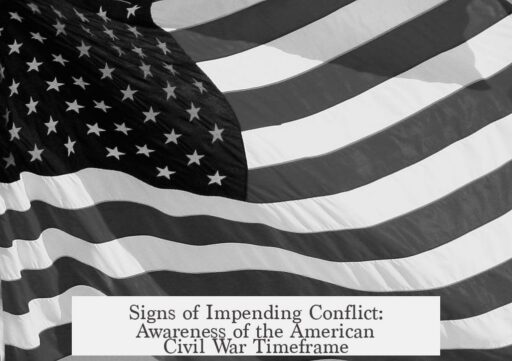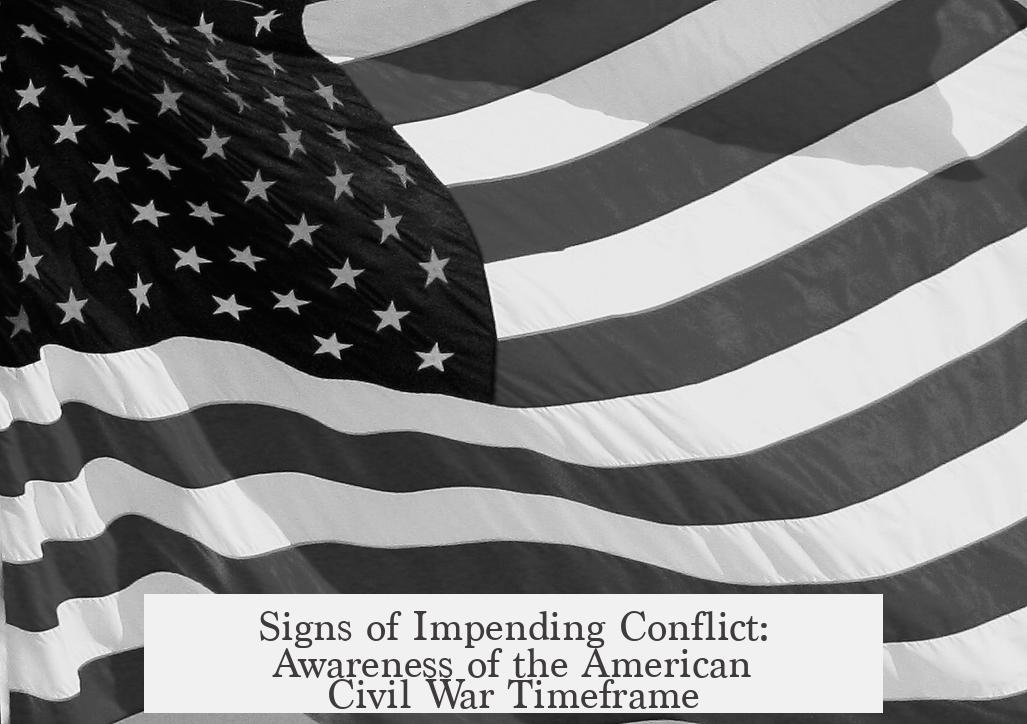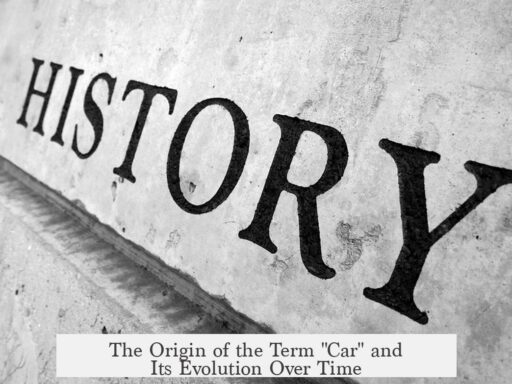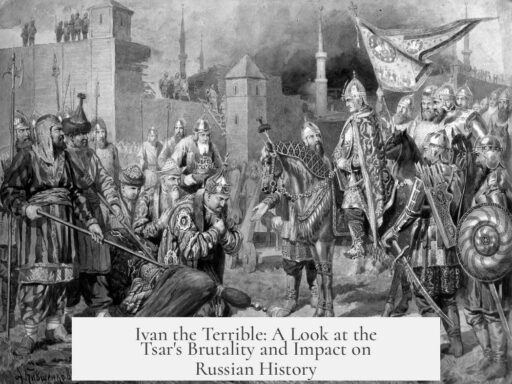People began to realize that the American Civil War was imminent primarily after the election of Abraham Lincoln in 1860 and South Carolina’s official secession shortly afterward. These events marked the clear end of political compromises and a decisive step toward open conflict. However, the sense that a war was coming had been growing for decades due to escalating political tensions and repeated crises.
Tensions between the North and South built over many decades. The root causes centered on slavery, states’ rights, and the expanding western territories. From the adoption of the Constitution, slavery was a known contentious issue. Early leaders chose to postpone resolving it to maintain the union. Yet, as the country expanded westward, these deferrals became unsustainable.
- In the late 1820s, the Nullification Crisis highlighted Southern resistance to federal authority. South Carolina, led by John C. Calhoun, claimed the right to nullify federal tariffs. President Andrew Jackson’s threat of military action underscored the seriousness of sectional disagreements about federal power.
- The Missouri Compromise of 1820 attempted to balance slave and free states while restricting slavery north of latitude 36° 30′. This was only a temporary fix, keeping the slavery question alive and divisive.
- In the 1850s, the violent confrontations in “Bleeding Kansas” between pro-slavery and anti-slavery settlers made it clear that compromise was failing. Kansas’s eventual admission as a Free State further inflamed tensions.
- Events like John Brown’s 1859 raid on Harpers Ferry intensified fears of slave revolts and Northern abolitionist aggression in the South.
Throughout these decades, a growing awareness of the risks was present among politicians and citizens alike. Isolated political violence was increasingly common, signaling that peaceful solutions were less likely. Yet few expected a full-scale war until events in 1860 unfolded rapidly.
The 1860 presidential election was pivotal. Abraham Lincoln, representing the Republican Party which opposed the expansion of slavery, won without carrying any Southern states. His victory was perceived in the South not just as a political defeat but a direct threat to their way of life and economic interests. South Carolina’s secession on December 20, 1860, was the first formal step toward dissolving the Union. Several other Southern states quickly followed this lead.
The progression to warfare accelerated after secession. The federal government’s refusal to surrender Fort Sumter in Charleston Harbor was a critical trigger. When Confederate forces fired on the fort in April 1861, the conflict began militarily. These initial hostilities shattered any remaining hope for peaceful compromise.
Interestingly, many people underestimated how long or intense the war would be. Early volunteers signed up for short terms, believing the conflict would be brief. This underestimation reflects how sudden the transition from political crisis to military war was perceived at the time.
In reality, once states began to secede, the chance for measured diplomatic resolution essentially vanished. The secession marked the irreversible breakdown of the Union’s political cohesion and made war inevitable.
| Key Moments Leading to Awareness of Civil War | Details |
|---|---|
| Long-Term Tensions | Decades of disputes over slavery, federal authority, and westward expansion created a volatile environment. |
| Nullification Crisis | South Carolina’s challenge to federal tariff laws in the 1820s showed early secessionist ambitions. |
| Missouri Compromise (1820) | Temporary balance between slave and free states, signaling slavery would remain a divisive issue. |
| Bleeding Kansas (Mid-1850s) | Violent localized conflict reflecting national instability over slavery in new states. |
| John Brown’s Raid (1859) | Raised alarm about abolitionist militancy and potential slave uprisings. |
| Lincoln’s Election (1860) | Seen as a threat by Southern states, triggering secession declarations. |
| South Carolina Secession (Dec 1860) | First official withdrawal, indicating irreparable Union fractures. |
| Fort Sumter Attack (April 1861) | Start of open hostilities marking the beginning of the Civil War. |
The realization that civil war was coming was not sudden but gradually firmed with each crisis. Yet, it crystallized most clearly between Lincoln’s election and South Carolina’s secession. These events transformed decades of tension into the open break from the Union and the start of war.
- Decades of escalating disputes created a background of inevitable conflict.
- Political violence and sectional crises made peaceful compromise unlikely.
- Lincoln’s 1860 election was the immediate catalyst acknowledged by both sides.
- South Carolina’s secession declared war likely before military shots were fired.
- Fort Sumter’s bombardment confirmed the transition to war.




